Best budget in-ear monitors 2025: My pick of cheap in-ears for every type of musician
Our recommended budget IEMs for practice and performance – options starting from $45/£45
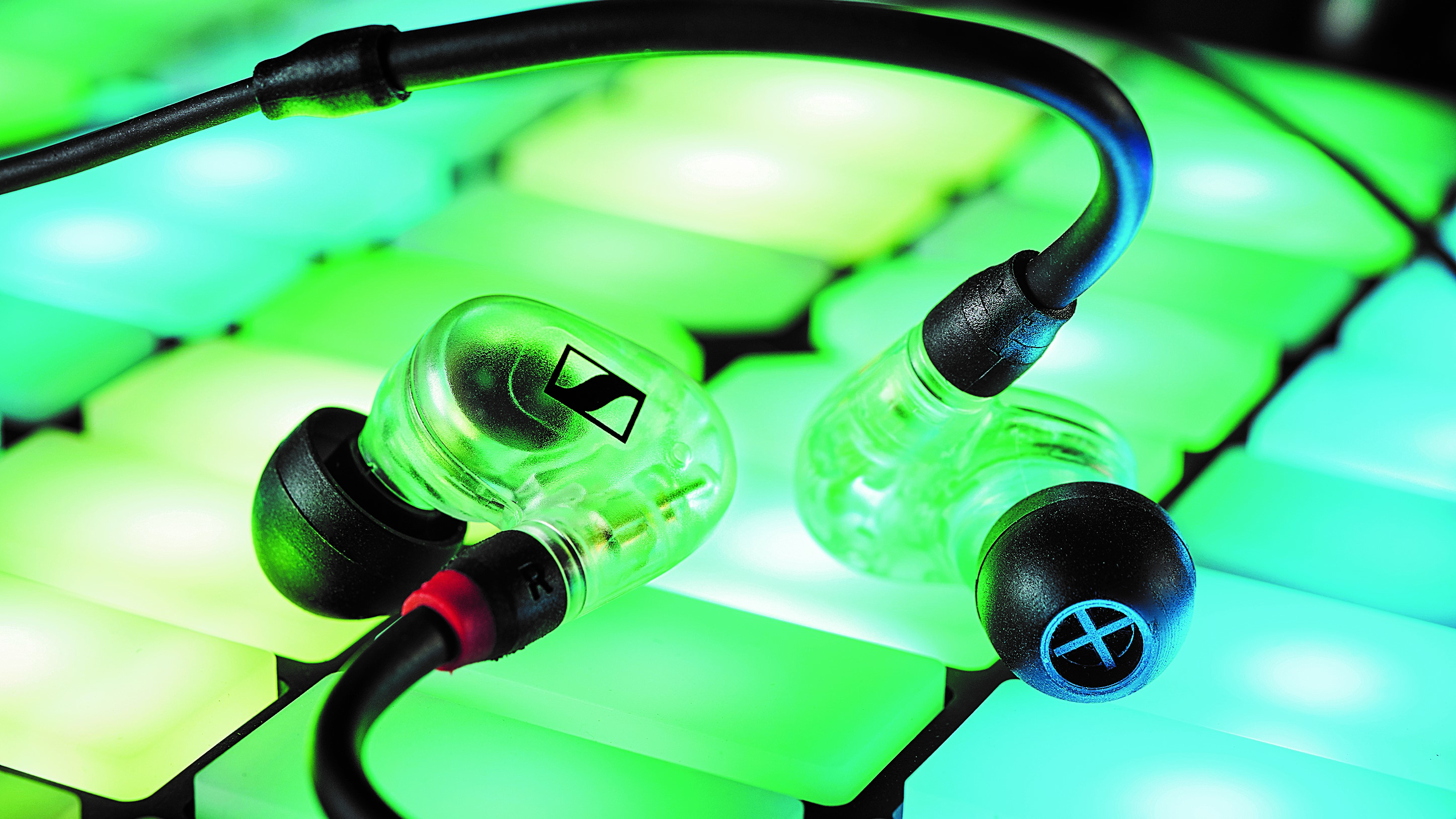
Deciding to incorporate in-ear monitors (IEMs) into a live rig is a big step for a musician. It says you’ve gone past the point of relying on dodgy monitor wedges that have seen better days and want to improve the standard of your sound, playing and performance. Being able to hear, directly, what your audience can hear can only improve your playing after all. No more guessing if your tone is right. No more hoping your trusty axe has stayed in tune. If it’s accuracy and clarity you need, IEMs will provide the solution. Thankfully, there's no need to empty your bank account when investing in quality IEMs - as this guide to the best budget in-ear monitors proves.
IEM rigs are not inexpensive things to put together, but they are nowhere near the considerable expense they used to be - which makes them highly accessible for musicians ready to up their game. While you still need to spend a bit on headphone amps and/or wireless transmitting systems, the piece of the puzzle that actually delivers a monitor mix to your ears doesn’t need to cost the earth. Indeed, right here in this guide you’ll find my pick of the best budget in-ear monitors of the moment, and which would barely tickle your bank account.
Right now, the best option for those on a budget is Shure’s perennial affordable IEMs, the SE215 Pro. For sheer value and excellent bass, you can’t go wrong.
If you’d like a little more context on what makes the best budget in-ear monitors, I've included some in-depth buying advice and useful FAQs at the end of this guide. If you'd rather get straight to the products, then just keep on scrolling!
My top picks
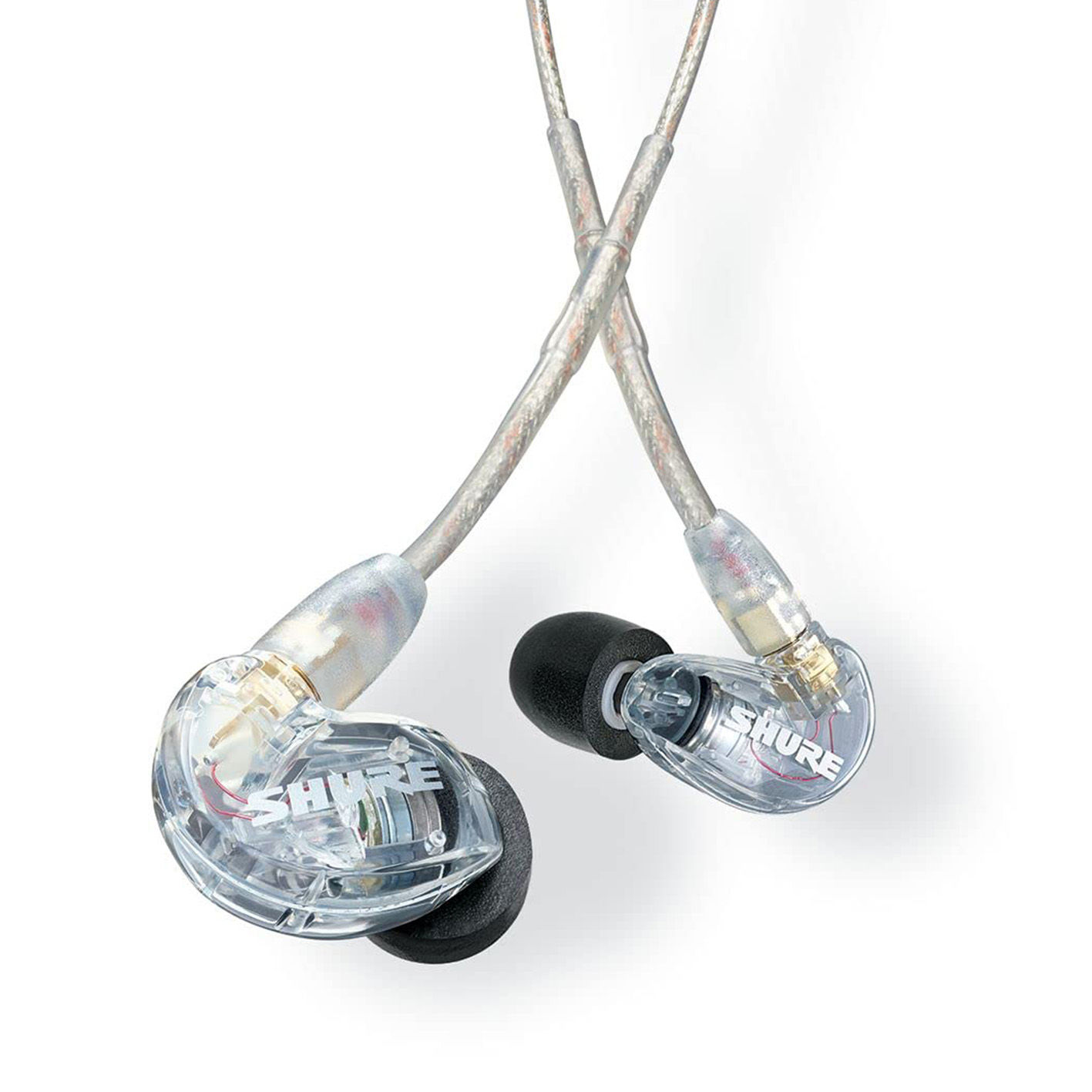
The Shure SE215s represent fantastic quality, with superb sound reproduction and exceptional ambient noise reduction. They look and sound the part, without a doubt. We also like the detachable cable which adds a level of durability to them, and reduces the risk of them being pulled out of your ears mid-performance.
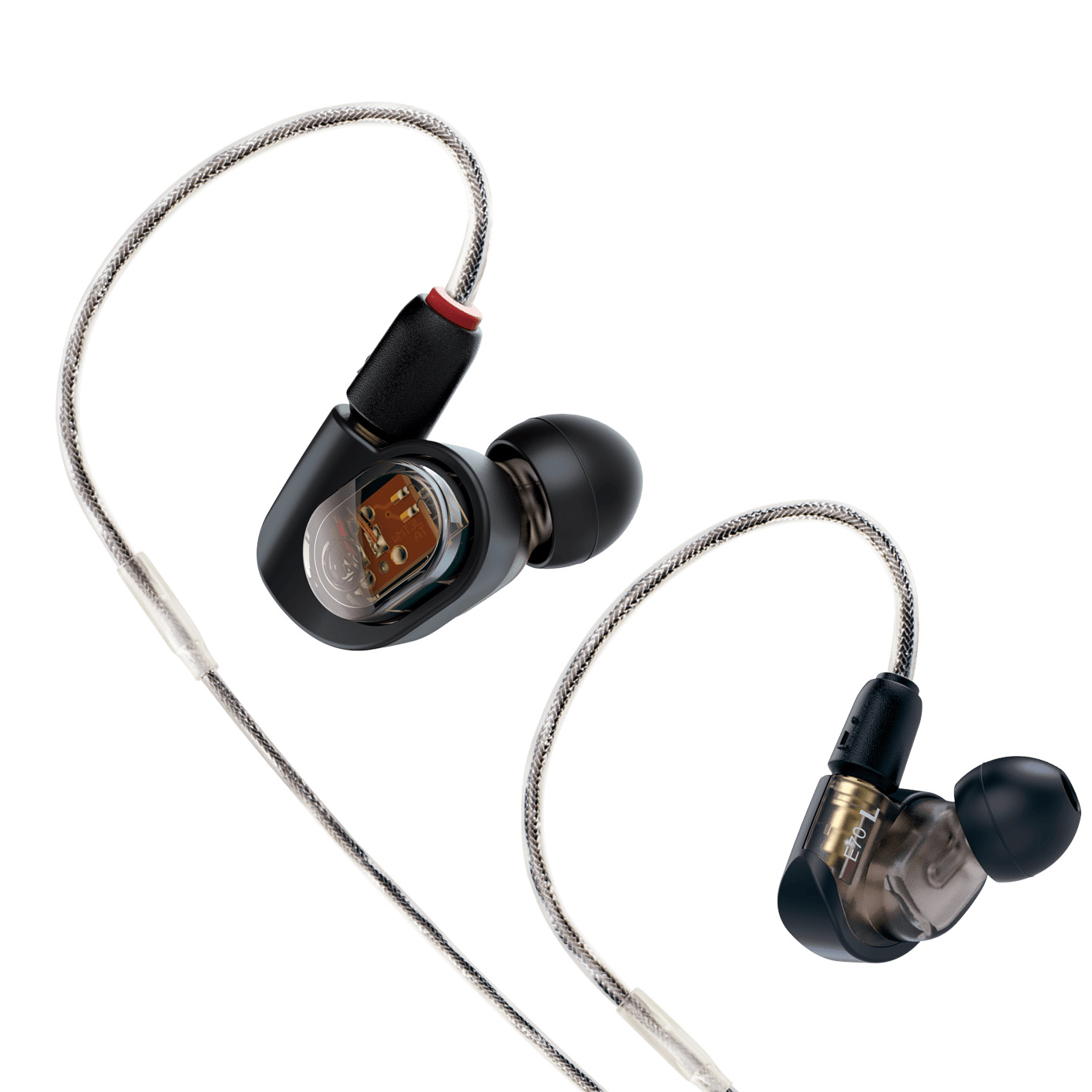
Sitting at the top end of budget, the Audio Technica ATH-E70 offer a tantalising taste of what happens when you start to lay down serious cash on monitoring. The sound reproduction is a good few steps above everything else on this list, ensuring everything from sub bass to shimmering treble sounds exceptional.
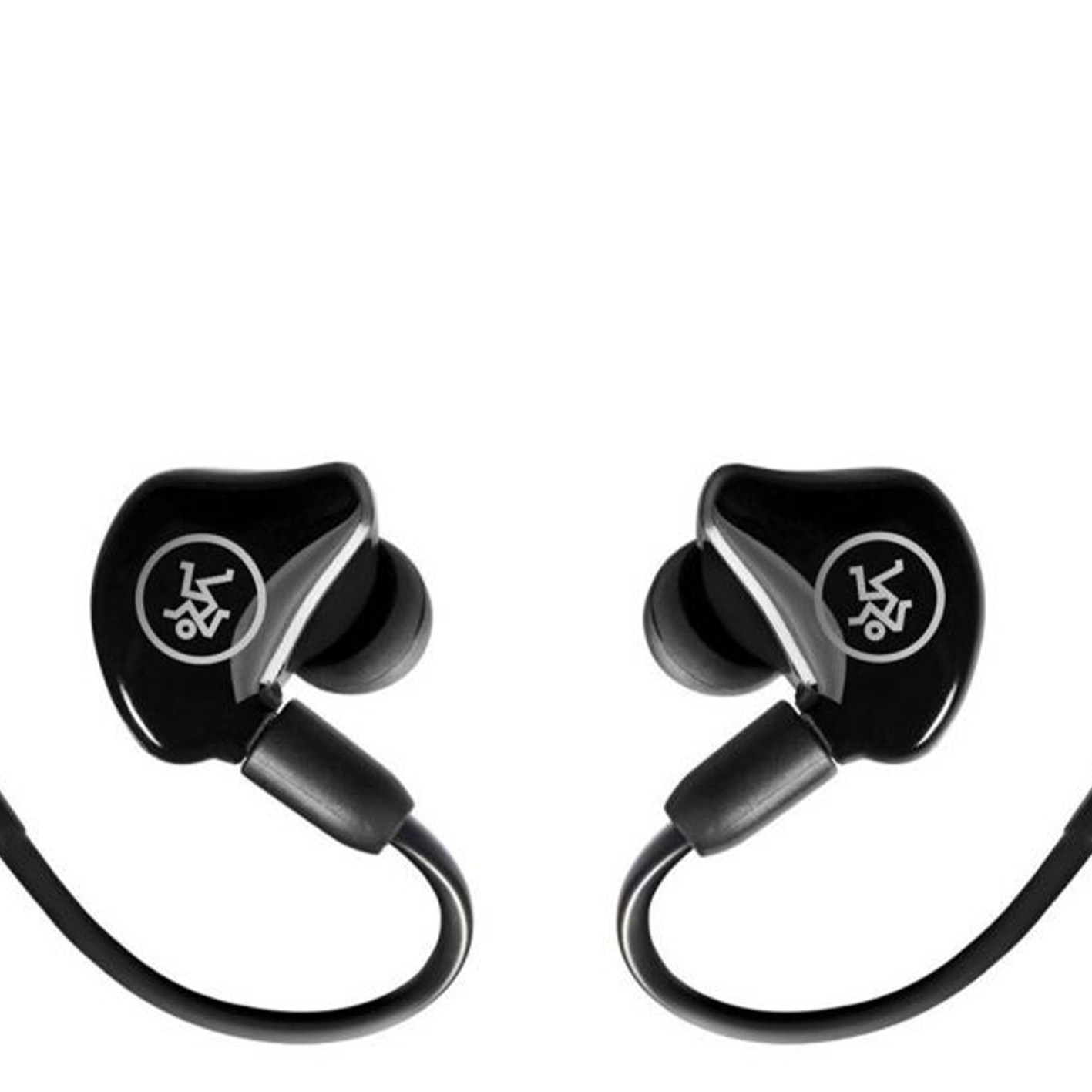
The Mackie MP-220s, with dual drivers, offer a great example of how this simple component can add tons to the overall performance level. We found them to be well built, and overall couldn’t help but be impressed by the value they offer.
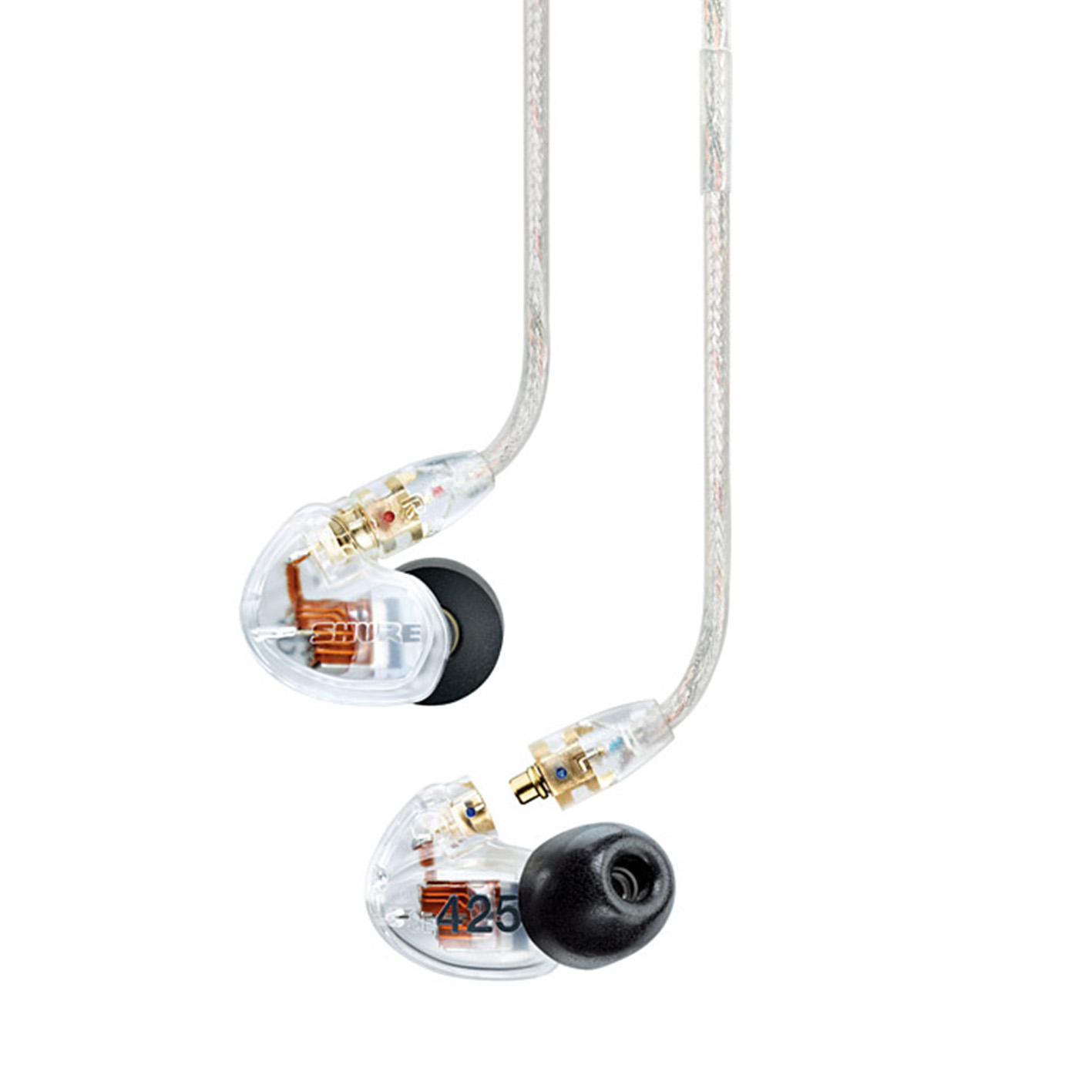
The SE425 adds in an extra driver to increase (and enhance) reproduction of a wider range of frequencies, and blocks out up to 37 dB of external noise, making them ideal for use on a noisy stage. In practice, that extra driver makes a heck of a difference, cleaning up and boosting bass and treble frequencies masterfully.
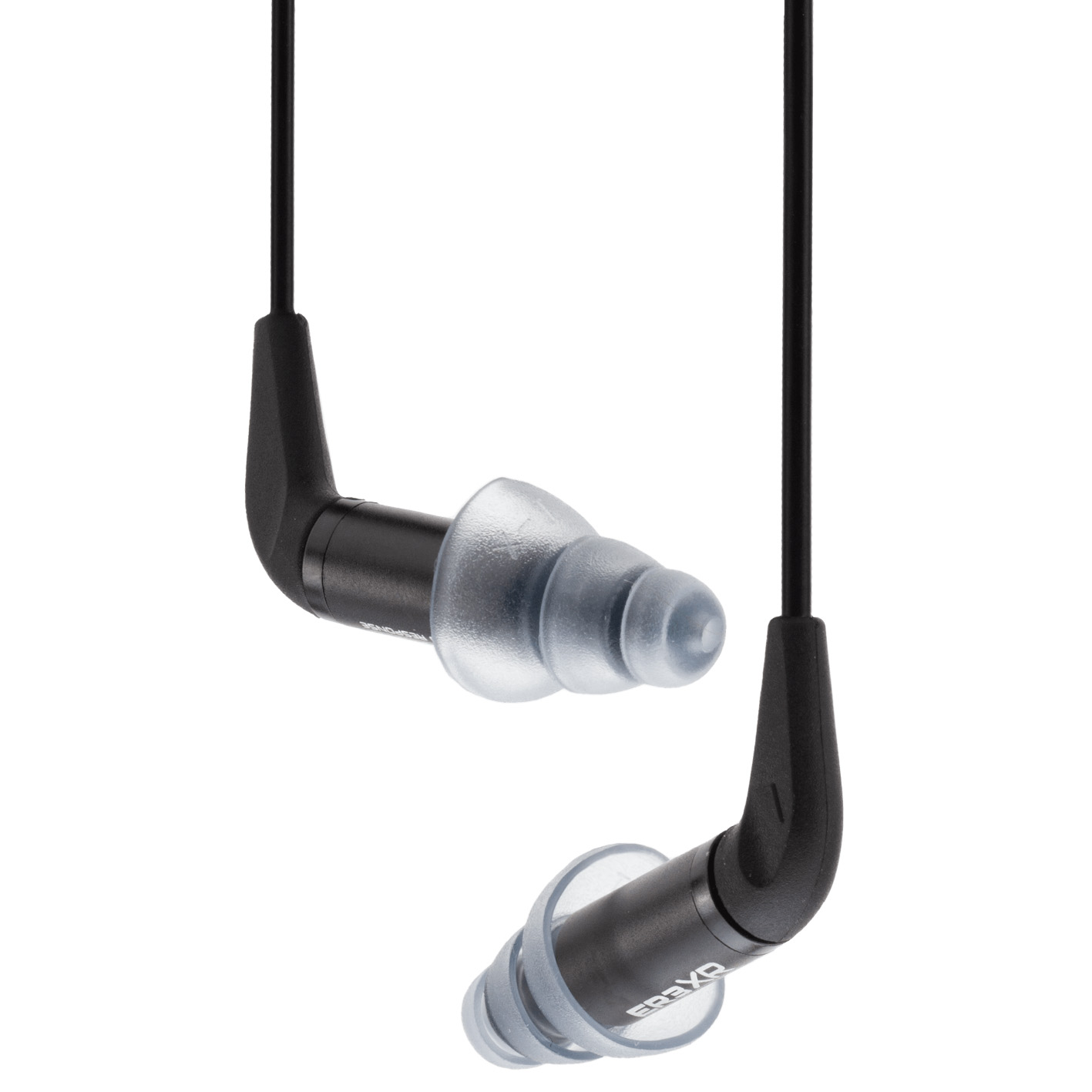
The Etymotic ER3XR series promises to combat the lack of bass response you usually get from passive in-ears that. You see, the ‘ER’ in the name stands for ‘extended response’, referring to a widened bass reproduction. Their passive nature also has the benefit that they don’t require an external power source of any kind.

FiiO’s FP3 in-ears use planar drivers instead of the standard dynamics, giving you a broader, deeper soundstage and a more extensive frequency range to boot. While designed more for the travelling audiophile than the travelling musician, these remain a phenomenal choice where fidelity matters - for example, behind the desk.
> Read more below
Best budget in-ears overall
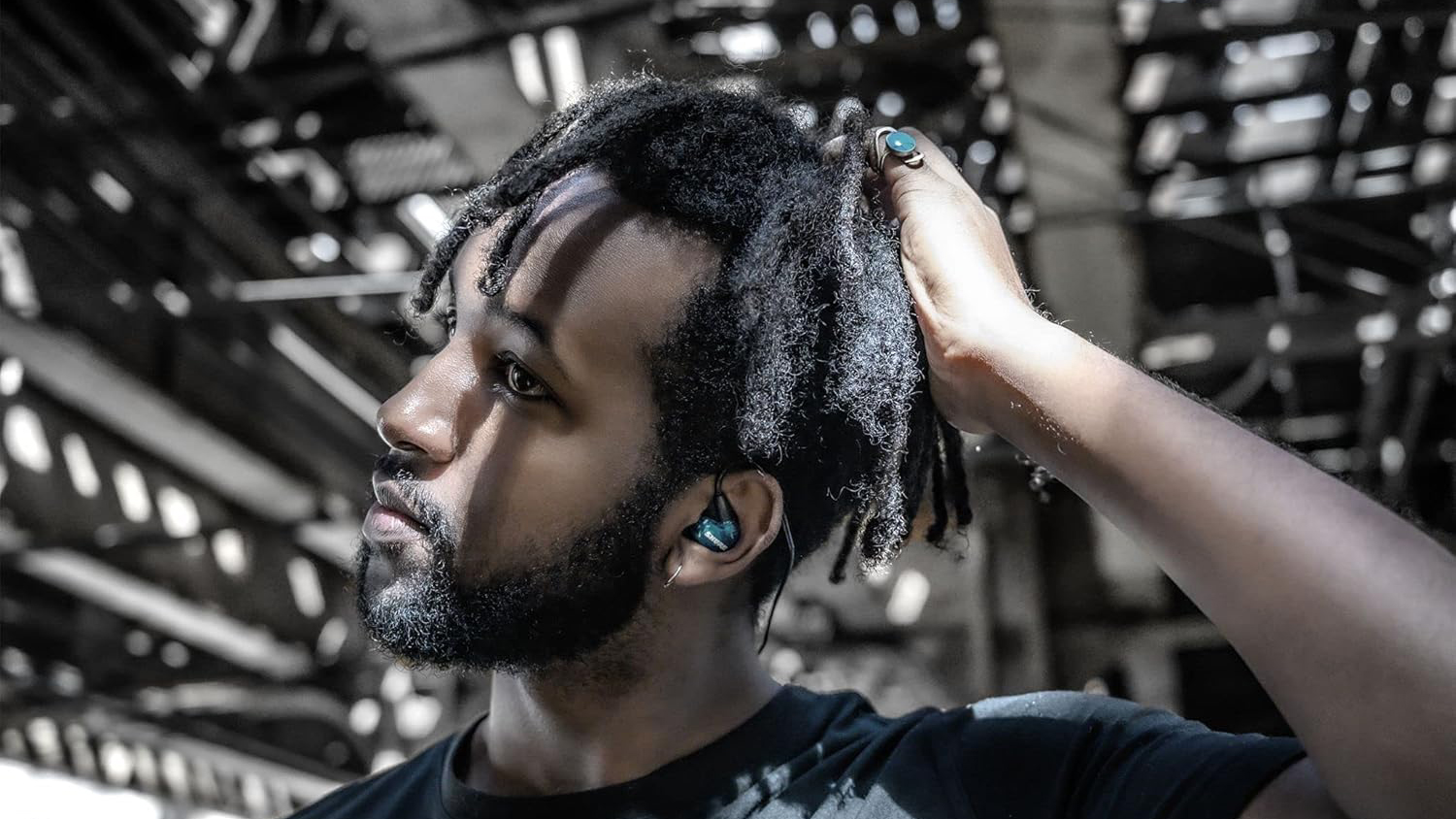
Specifications
Reasons to buy
Reasons to avoid
✅ Buy if want a reliable option: Shure are the industry leaders for a reason. Their in-ear monitors are reliable, well-crafted, and sound superb.
❌ Avoid if need more than one driver: While these are a great product, they don't offer the widest tonal range.
As one of the biggest names in pro-audio, you can expect Shure to produce great quality IEMs. The Shure SE215 proves this to be the case, with superb sound reproduction and exceptional ambient noise reduction.
They look and sound the part, without a doubt. We also liked the detachable cable which adds a level of durability to them, and reduces the risk of them being pulled out of your ears mid-performance.
We found that while they don't exactly offer the widest or most impressive tonal range, they still provided us with a satisfying, meaty-sounding representation of what was going on on-stage. For under $/£100, consider us impressed.

"The Shure SE215 Pro in-ear monitors are a brilliant budget option, whether you’re looking for your first ever monitoring system, a pair of backup IEM’s or just some killer multi-use earphones. For under $/£100, Shure has nailed the value-for-money factor, offering great ambient noise cancelling, a decent frequency range and surprising levels of in-ear comfort."
Read more: Shure SE215 Pro review
Best for sound
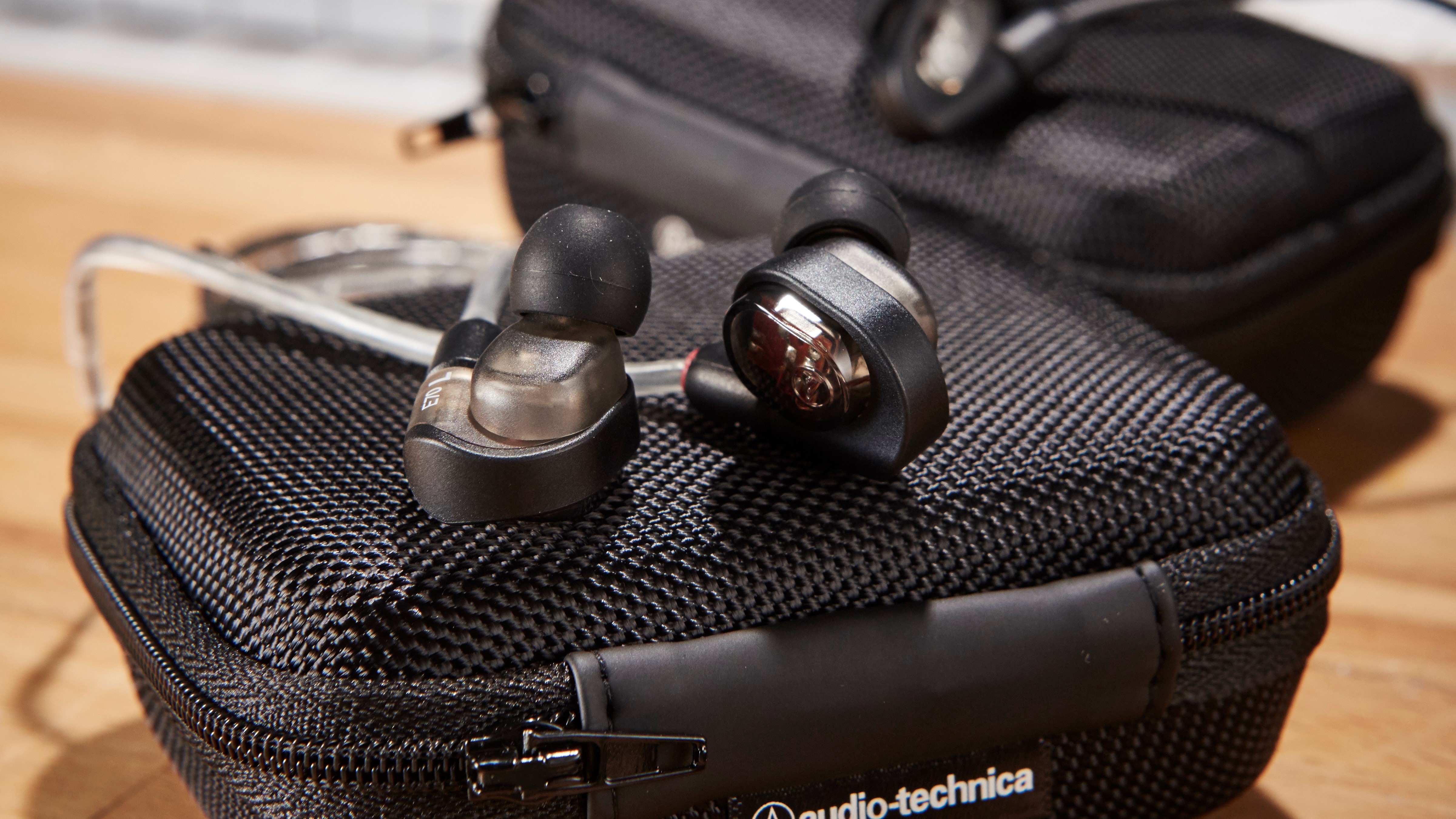
Specifications
Reasons to buy
Reasons to avoid
✅ Buy if want the best sound possible: For us, Audio Technica ATH-E70 offers the best sound out of all the in-ear monitors on this list.
❌ Avoid if you're on a strict budget: While these monitors are still considered affordable, they are at the top end of what we'd class as a budget product.
Sitting at the top end of our imposed budget in-ear monitors restriction, the Audio Technica ATH-E70 offer a tantalising taste of what happens when you start to lay down serious cash on monitoring. The sound reproduction is a good few steps above everything else on show today, ensuring everything from sub bass to shimmering treble sounds exceptional.
We found these AT's to be exceptionally comfortable with both the foam and silicone earbuds - with the foam ends helping to form a decent-enough seal to act as stage-friendly noise cancelling. Although they may appear to be a little too expensive to expose to the boisterousness of live shows, take care of these IEMs and they'll take care of you.
If you’ve tried IEMs in the past and are looking to take a step up the food chain, these could be just the ticket.
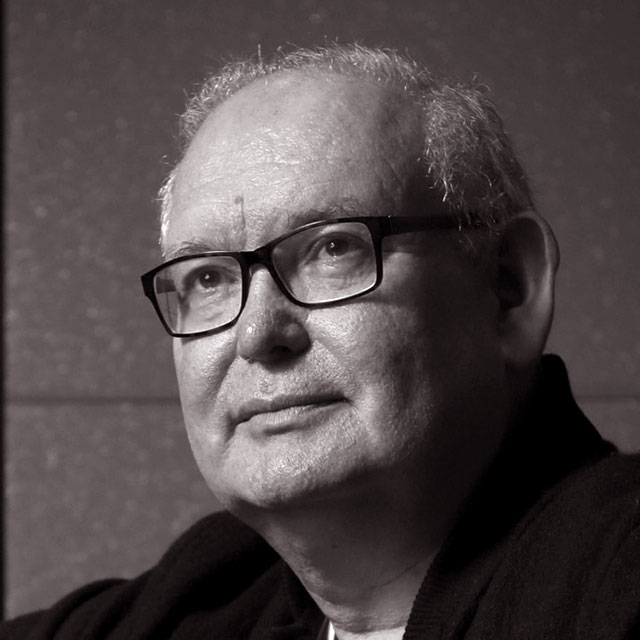
"A premium IEM. The comfort and sound quality make the E70s a serious rival to headphones for many situations."
Read more: Audio-Technica ATH E70 review
Best for durability
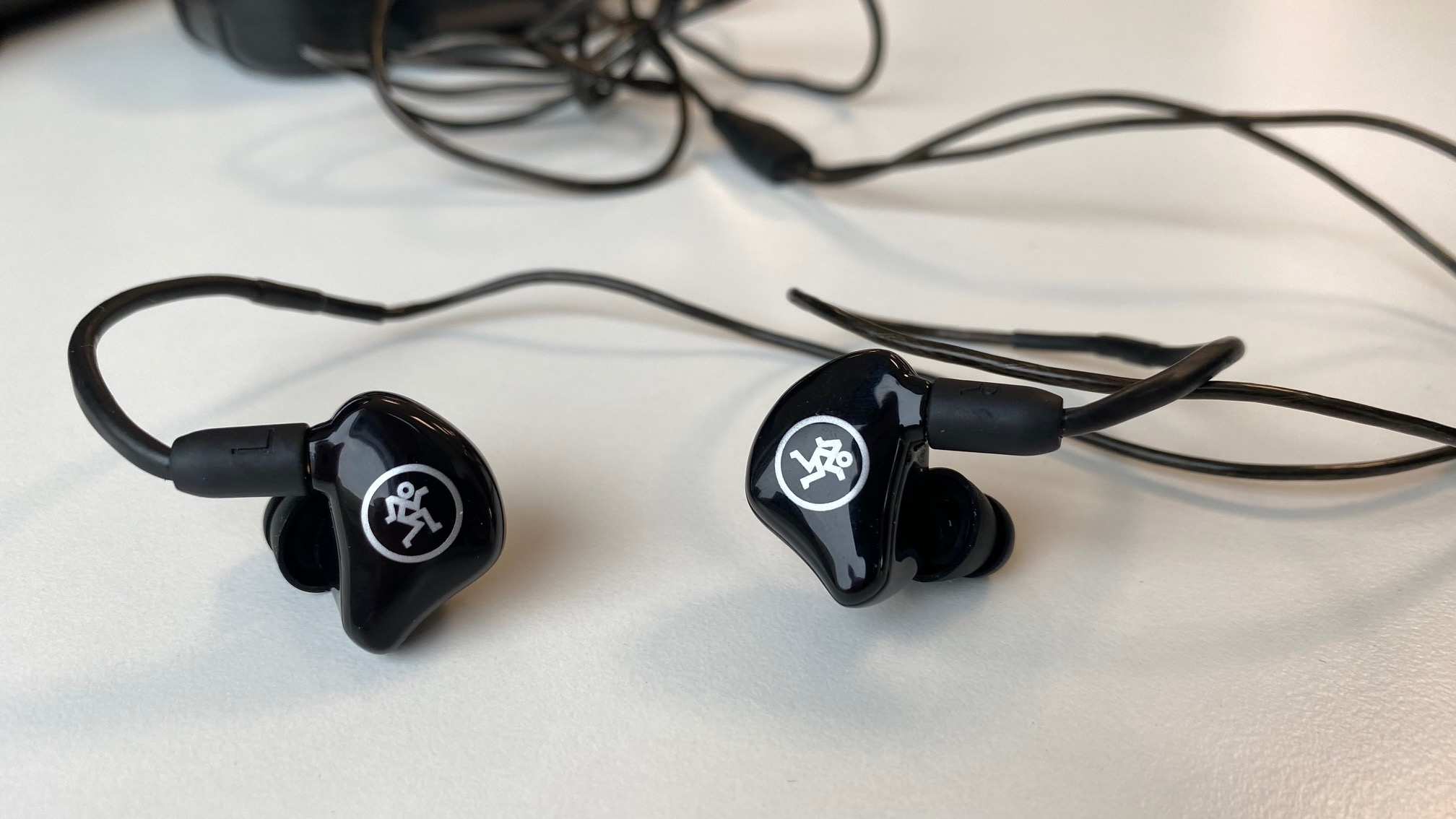
3. Mackie MP-220
Our expert review:
Specifications
Reasons to buy
Reasons to avoid
✅ Buy if want a durable option: We found the Mackie MP-220s to be robust and incredibly well made. These are sure to last for years if you look after them.
❌ Avoid if you want a tight bass sound: While we enjoyed the sound of these Mackie in-ear monitors, they are bass-heavy, which can make them sound muddy at times.
The drivers in any set of earphones are arguably the most important component. It’s the drivers that push the sound to your ears, so the higher the better usually. In an ideal world, you’d look for drivers controlling – independently – the bass, middle and treble frequencies so each is reproduced perfectly.
As a good intermediate, however, the Mackie MP-220, with dual drivers, offer a great example of how this simple component can add tons to the overall performance level. We found them to be well built, and overall couldn’t help but be impressed by the value they offer.

"For budding performers, audiophiles or those who don’t want to spend the earth, the Mackie MP220 in-ear monitors are among the best. When most budget in-ears only offer one driver, the two-driver approach from Mackie is a welcome one - and puts the MP220’s a league above some of their budget rivals."
Read more: Mackie MP220 review
Best for isolation
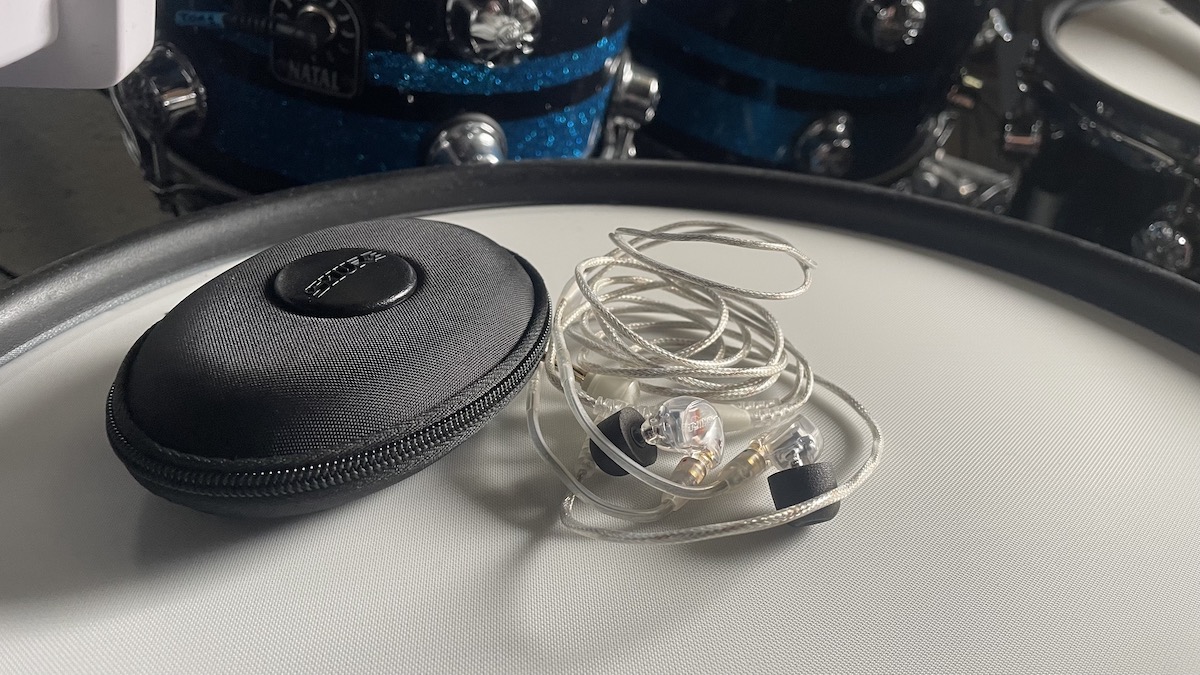
Specifications
Reasons to buy
Reasons to avoid
✅ Buy if you want great isolation: With the ability to block out up to 37 dB of external noise, this is ideal for loud stages.
❌ Avoid if you need durability: We loved the sound of these in-ear monitors, but we found the cables not to be the best and they will eventually wear out.
While the Shure SE215 Pro we showed earlier in the list are superb budget IEMs, the Shure SE425 warrant inclusion simply because of the superb quality on offer.
The SE425 adds in an extra driver to increase (and enhance) reproduction of a wider range of frequencies, and blocks out up to 37 dB of external noise, making them ideal for use on a noisy stage. In practice, that extra driver makes a heck of a difference, cleaning up and boosting bass and treble frequencies masterfully.
The SE425's are undoubtedly a great set of in-ears, but after some long-term use we found that the cables are susceptible to being pinched, damaged and cutting out. Not the end of the world, as Shure does sell replacement cables - but frustrating nonetheless.
If your budget runs to it, the Shure SE425 set makes for a great piece of kit.
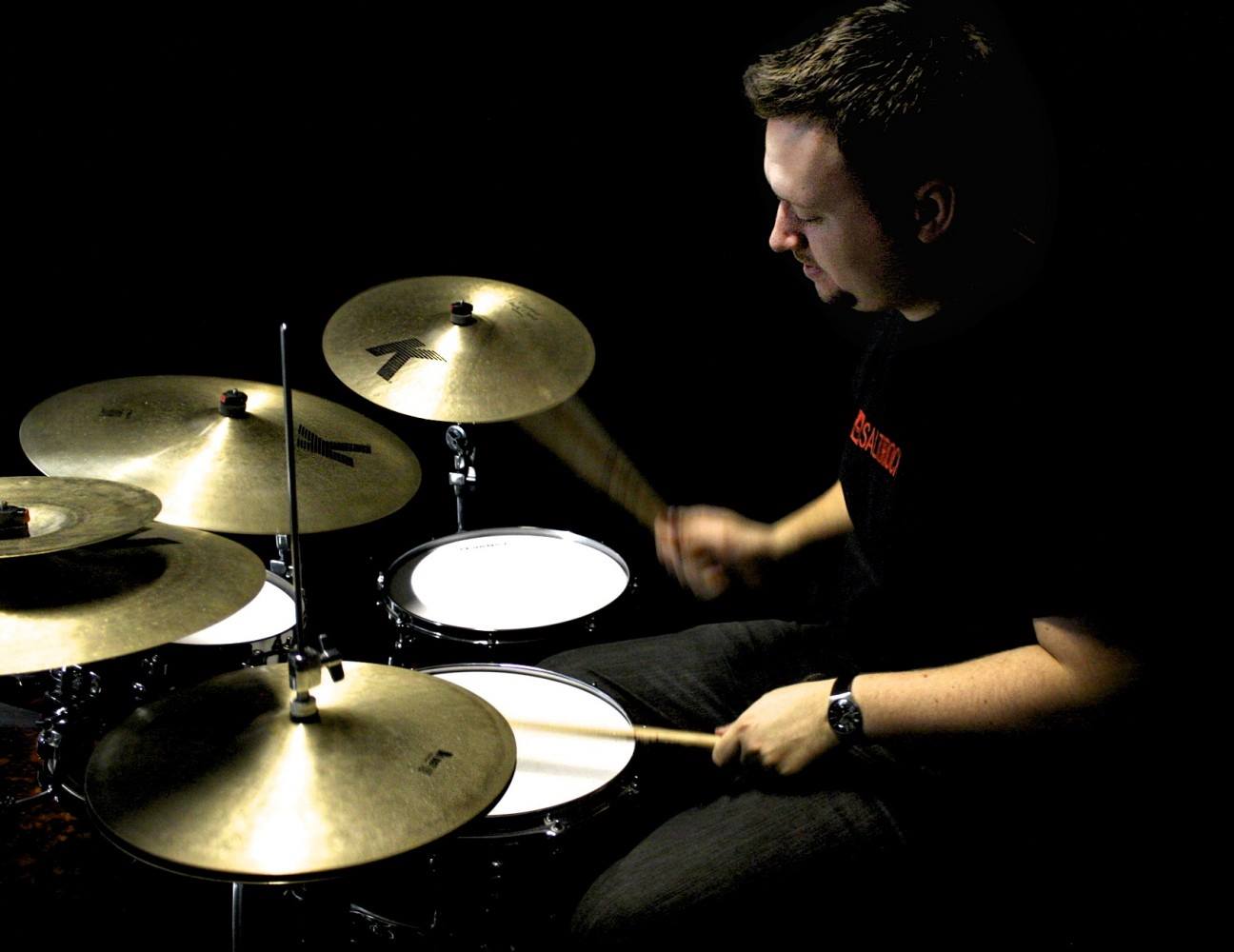
"With a huge range of options available, Shure’s SE series has something for every type of musician. The 425s are a reliable and comfortable pair of in-ear monitors for those with a limited budget."
Read more: Shure SE425 Pro review
Best passive in-ears

5. Etymotic Research ER3XR
Our expert review:
Specifications
Reasons to buy
Reasons to avoid
✅ Buy if you want a passive option: These are easily the best-sounding passive monitors we've come across.
❌ Avoid if you need perfect isolation: While these monitors sound fantastic, they don't offer the same level of sound isolation as others.
One of the main issues when using passive – i.e. not powered – earphones, headphones or monitors is a lack of bass response. The Etymotic ER3XR series promises to combat that. You see, the ‘ER’ in the name stands for ‘extended response’, referring to a widened bass reproduction. While that serves a clear purpose when listening to music or other regular sources, it also means you don’t just hear a jar full of wasps when playing at higher volumes.
Of course, their passive nature also has the benefit that they don’t require an external power source of any kind, and we also liked the included accessory kit containing various different ear plug sizes and – praise be – a clip to hold the monitors steady on your shirt.
The isolation isn't quite as good as some of the other options on this list, but we found using them to be quite an enjoyable experience all the same. If you like to hear the ambient noise of the stage, then these could be a great choice.
Best planar

Specifications
Reasons to buy
Reasons to avoid
✅ Buy if you want a hi-fi FOH solution: The FP3’s planar magnetic drivers give an excellent frequency range and even more excellent soundstage, making for better mix decisions.
❌ Avoid if you’re looking for complete sound isolation: Clever-sounding as FiiO’s FP3 IEMs are, they are quite leaky with respect to outside noise.
FiiO is a recently big name in consumer audio, thanks to its dogged approach to frequent releases of innovative, inexpensive and indubitably high-performing hi-fi object d’audio. It’s less of a name on the other side of the audio industry glass, but these dark-horse in-ear monitors ought to change that.
The FiiO FP3 in-ear monitors utilise planar drivers in their design, making a change from the dynamic-driver standard of most stage IEMs. Granted, these IEMs don’t seem like they were designed for live sound use - and that’s because they weren’t. But that doesn’t stop them from being surprisingly adept at focusing your attention, nor from providing a powerful, crisp audio feed with serious body.
One of the key selling points of planar drivers more generally is that of soundstage; planar designs feel wider and more dimensional in the right environments, and the FiiO FP3 in-ears are thrillingly wide accordingly. If you’re a live sound engineer looking for better stereo representation in your ears, or if you’ve a monitor mix with a great deal of stereo information in it, these could be the auditory frame you’ve been looking for.
Best for beginners

7. Sennheiser IE 100 Pro
Our expert review:
Specifications
Reasons to buy
Reasons to avoid
✅ Buy if you want a solid all-rounder at a budget price: these are well-built IEMs with a modular design and a punchy frequency response - everything you could ask for as a first set of solid budget in-ear monitors.
❌ Avoid if you want thrilling bass: the bass response may struggle to compete against the overwhelming thrub of stage-volume low end.
Sennheiser somehow finds its way into every best-of list going, to absolutely no one’s surprise. Sennheiser’s equipment is industry-standard across the board, and these cheapy in-ear monitors bearing the forward-leaning ‘s’ maintain that essential standard.
The Sennheiser IE 100 Pro in-ear monitors are astute little things, with a decent 10mm broadband driver in each ear for an honest and gratifyingly propulsive monitoring experience. The cheaper IEMs get, the more features they tend to overlook, but that isn’t the case here; everything remains modular and detachable, including the cables themselves!
There isn’t a great deal to write home about with respect to frequency response, but the IE 100 Pro does an excellent job with what’s there. Functionally speaking and in a live scenario, nothing’s missing, even with that 2kHz ‘missing’ from the top end. For someone after their first set of IEMs and with a little to spend, this is the ideal starting point.
Best on a shoestring

8. Behringer MO240
Our expert review:
Specifications
Reasons to buy
Reasons to avoid
✅ Buy if your budget is tight but you want to give in-ears a go: We believe everyone should use in-ears at some point or other and experience all the benefits the bring in the live arena. If you just want to dip a toe, these behringers are the perfect intro.
❌ Avoid if want better isolation and sound: Of course, the more you spend, the better your in-ears will sound and the better isolation they will deliver, so thing about your budget before you go straight for these.
Behringer is an undisputed champion in the budget range for practically anything audio, and it should come as no surprise that the budget in-ear monitors industry is no different. Here, they offer what could easily be the highest-quality in-ears at the lowest-possible price - though, naturally, there are some pretty significant trade-offs that come with professional monitors that come in under $/£50.
These are the MO240s, a sleek-looking matte-black pair of monitor earphones that combine balanced and dynamic drivers for full-frequency feedback. There are some competition issues with multiple sources fed in at higher volumes, but the MO240s do do a great job of isolating sound otherwise.
The MO240s are light, and pretty solid in spite of their lightness - not to mention well-designed more generally, with 360-swivelling contact points for the wires (something you might not find on any other IEMs at this price). Of course, a little weight would be reassuring, as could the various foam and silicone buds provided; for a cheap first set, though, these are an excellent start.
How to choose the best budget in-ears for you

So you think you need a pair of in-ear monitors, and you’re not prepared to empty your bank account for the privilege. How do you pick the best budget in-ear monitors for your needs? Here are five key considerations to guide your thinking, and help you narrow your shortlist a little more.
1. Use case
First and foremost, what do you want a set of in-ear monitors for? Different IEM designs are capable of different things, and can benefit you in different ways depending on your needs. As a musician in a band, hoping to get more control over your stage monitoring, you’d want a pair of in-ears with good sound isolation, so you can blot out the mess of high-volume sounds on-stage in favour of your tailored monitor mix. As someone behind the FOH desk, you might want a pair of discreet in-ears with a wide frequency range and three-dimensional soundstage, to better check your mix moves in isolation. Even variations in sound profile can benefit different folk; bassists need more low-end representation than vocalists, for instance.
2. Comfort
Comfort is arguably the most important consideration going when it comes to in-ears. After all, you’re wearing them often for hours at a time and days out of the week, especially if you’re a touring musician. Cheap IEMs that don’t take your comfort into consideration can be an immiserating experience - more so than making do with a weak monitor wedge. A good set of in-ears will be shaped for the outer ear canal, and will give you more than two sizes of eartip to try out. The best budget in-ear monitors feel like you’re wearin’ nothin’ at all (nothin’ at all, nothin’ at all…).
3. Sound
Sound is, of course, the major reason for which you’re buying in-ear monitors - so how they sound is undeniably important. A good set of in-ear monitors aims for a flat, neutral frequency response, so as to give you an earnest representation of yours and your band’s tone, or of your mix.
With budget in-ears, no matter how surprisingly good they are for their price, there will be some key limitations for you to work around; some might be a bit lacking in the bass department owing to the single-driver design common to the entry level, while others might have an over-representative mid or high end. A lot can influence sound, from the driver design to the size of the earbud itself. Frequency response graphs are useful here, but there’s no substitute for hands-on listening in practice to figure out what you’re happy working with.
4. Sound isolation
Not only do you want a set of in-ear monitors that sound representative, but you also want a set of in-ear monitors that do a decent job of stopping other, less-representative sounds from reaching your ears. The sound on-stage during a gig is distracting at best, and damaging at worst – loud stage volumes presenting a serious risk to your hearing both in the short and long term.
If you’re a stage performer, you want a set of IEMs with solid sound isolation for two reasons: to ensure you can hear the mix they’re delivering right to your earholes; and to prevent unnecessary hearing damage from high stage volumes. As a studio musician, sound isolation is less crucial but still important, even if just to allow you to focus on what you’re hearing.
5. Build
Finally, there’s the construction of your prospective IEMs to consider. If you’re a road-tripping musician, your in-ears are going to see a lot of action; they’ll be bandied around in your gig bag, inadvertently dropped off-stage during soundcheck, and maybe even trodden-on in the tour bus. You want a pair that’ll go the distance without, and you must excuse my French here, crapping out on you.
It isn’t just ruggedness that you’re looking for, though. Clever design is also a virtue, particularly where in-ears are modular in design. If you can unplug the cables from each earbud, this is a huge win - both for storage and for potential future repairs, replacement and other such maintenance. If you can take them apart, this means you can spend less money over time by keeping them going for longer.
FAQs
What do in-ear monitors do?
In-ear monitors, or IEMs, are designed to do two key things. The first is to provide musicians, engineers and sound techs with direct audio feeds from specific sources, and the second is to protect those same musicians, engineers and sound techs from loud external sounds in the process. They are most commonly used in live music performance environments, where both stage volumes and PA system levels can actively damage hearing and impede the work at hand.
Functionally, in-ear monitors share some surface-level similarities with consumer-grade earphones and earbuds - however, where earphones you’d use casually at home or on the go are often flatteringly tuned to enhance the listening experience, in-ear monitors are designed to provide the flattest possible frequency response. IEMs are also carefully designed to isolate your ears from chaotic sounds in the room, protecting them from damage and ensuring you can hear everything going on.
As a musician on-stage, this is a much more reliable way to receive monitor mixes from the mixing desk, and hence hear yourself and your band, than on-stage wedges which have to compete with stage volumes and feedback-y rooms. They are also more discreet than on-ear solutions like ear defenders, ensuring they don’t get in the way of a good performance. As sound techs, IEMs can enable easier receipt of instructions, or a clearer idea of exactly what’s going on in the foldbacks.
Lots of clever design work goes into providing these two key functions, and the different brands have different approaches to driver design and sound isolation as a result. Many will have proprietary technologies that give them certain benefits, such as hybrid drivers for providing robust frequency response at both ends of the spectrum - but the relative merits of such technologies are for you to discover!
How do in-ear monitors work?
In-ear monitors work like any other set of earbuds; a small driver converts electrical audio signals into kinetic audio, then directs said audio straight down your ear canals. Different in-ear monitors will do this in different ways, but with the same essential aim – to deliver a neutral, balanced signal that represents the audio you’re listening to the best.
In-ear monitors will often use multi-driver arrays to target different frequencies, and ensure a smooth, balanced end result. Budget in-ear monitors, however, are often single-driver designs to keep production costs low. These single drivers are tuned to be as flat as possible, though often show their own unique shortcomings. Some budget in-ears use planar designs - a relatively new kid on the consumer-audio block, that offers extended frequency response and a wider soundstage. Most budget IEMs are also wired, to cut down on costs associated with low-latency wireless tech.
What are the benefits of in-ear monitors?
The essential benefits of wearing in-ear monitors are that you hear exactly, for better or worse, what’s going on on-stage. You no longer have to pick and choose what goes in your monitors for headroom or feedback-reduction purposes.
In the first instance, this means you can have a much better idea of what’s actually going out front, and work with your equipment accordingly. Secondly, you’ll be much better-placed to play with your fellow musicians rather than just alongside them, as your in-ear mix will put you closer to the music you’re playing. A less-considered ancillary benefit is that of repeatability, wherein you’ll have exactly the same monitoring experience each and every show; no more nasty surprises at new and unplayed venues!
This can also have the knock-on effect of tempering your playing. We’ve all found ourselves in at least one live situation where we’ve been fighting the room rather than playing to it, whether accidentally drumming harder over the band or straining your voice to hear yourself over everything.
Will in-ear monitors protect my hearing?
Generally speaking, in-ear monitors will provide some protection for your hearing. Anything that stands between your eardrum and the wider world will provide some form of sound attenuation – besides which, a large majority of IEMs are designed specifically to protect your ears from loud external volumes, as well as to supply a clean feed of audio directly to your ears. Some unscrupulous cash-grab brands might attempt to sell untreated earbuds under the IEM banner, but you won’t find any of the sort in our budget IEMs guide here.
Many people mistakenly think that hearing damage is caused simply by exposure to loud noises. This is obviously true, but not the whole story. Prolonged exposure to moderately loud sounds (as loud as a traffic jam, or a lawnmower) can also have damaging impacts. Certain sources are also far more likely to cause damage than others; one loud hit from a kick drum won’t necessarily harm your hearing as much as 5 minutes of cymbals. In-ear monitors are crucial not just for improving your access to monitoring, but for preserving your hearing from show to show in the process.
The main caveat here is that, however good the budget in-ear monitors you buy are at reducing the impact of external sounds, you are the only one that can ensure your ears don’t get damaged. Whether you turn up your monitor mix too loud, or frequently pop your IEMs out to get a feel for the room mid-show, you could be inadvertently continuing to impact your hearing - so make sure you use them properly!
How do I use in-ear monitors?
In-ear monitors are not an all-in-one solution, but rather the end-stage of a system - a system you get to design. Pro touring musicians will have a full-featured wireless monitoring system with backing tracks and a dedicated monitor mix engineer - but you don’t need all this to benefit from using in-ear monitors.
For guitarists, the most basic kind of in-ear monitoring could involve inserting a line out from your pedalboard, so you receive a direct feed of your guitar’s pre-amplified tone - giving you more context on your pedal choices, and more of a clue as to whether you’re still in tune without having to stoop down to your amp. For an inexpensive wired monitor rig, you can utilise headphone amplifiers that receive the monitor mix from the FOH desk, and deliver it through wires to your IEMs.
All this said, there’s less need to get hacky about your in-ear monitoring today; wireless monitoring technology is cheaper than ever, and easy to incorporate as part of a modular rig that’ll work with any venue. A transmitter takes the monitor output from the FOH desk and sends it to any number of receivers, which you would wear on your belt, waist or guitar strap. These receivers have a jack output you plug your in-ear monitors into, and a volume control to let you set your own monitor levels.
How much should I spend on budget in-ear monitors?
We’ve kept the limit for budget in-ear monitors in this guide to $/£400. While this is clearly a decent amount of cash in anyone’s books, it does allow us to point out some of the improvements you can expect as you travel up the price ladder - but we also include a couple of options that won’t cost you more than $/£100.
Realistically, if you're after a decent, no-frills degree of in-ear monitoring then there's really no need to spend more than about $/£150 on a pair of in-ears. The further up you go in price, the more you encounter advanced features like multi-driver arrays, bespoke filtering technology and even moulded eartips - features you may not need in your own system for the time being. In a live-gig situation, all you need to hear is what's going on around you - in relatively high fidelity - and a pair of budget IEMs under $/£150 will provide just that.
It’s also important to view IEMs as a tool, or as an investment in your playing career. They’re not going to make your playing improve, but they do encourage a more professional approach to live performance. With this in mind, a little money towards something that will make your gigging life dramatically easier is no money at all.
Which brands make the best budget in-ear monitors?
You'll do no wrong with any of the budget IEM brands featured in the guide. Shure is top of the tree, with plenty of experience in this world. That's why the SE215 Pros have held the top spot in this guide for a very long time. They just work.
Also proving it pays to investigate beyond the mainstream brands are the Etymotic Research ER3XRs in this guide. They're designed to produce an accurate image of your audio, without breaking the bank, and they absolutely deliver on that promise.
Key terms explained
Unsure about the meaning of certain terms in this guide? Our jargon buster is here to help:
Attenuation
Attenuation is the reduction in sound level of an incoming sound. Turning down a volume knob on a hi-fi system would attenuate the sound it produces; likewise, plugging your ear with a set of in-ear monitors will passively attenuate the sound of the outside world.
Decibel
The decibel is a unit of measurement for sound level, colloquially referred to as volume. Decibels are logarithmic; if one sound is three decibels louder than another, it is twice as loud.
Diaphragm
The diaphragm is the part of the driver which vibrates, delivering sound to the ear.
Driver
The driver is the part of an in-ear monitor bud that produces sound; the driver receives electrical signals and converts them into audio.
Dynamic
With respect to headphones and in-ears, dynamic refers to a type of driver. Dynamic drivers are the conventional standard, using architecture similar to a speaker to deliver audio to your ear. A voice coil mounted over a magnet receives electrical signals, and the resulting interplay excites a diaphragm mounted over all.
FOH
FOH stands for Front Of House; FOH is used to refer to the PA speaker system that delivers sound to an audience, and also to the engineers responsible for mixing said sound.
Frequency range
A sound-producing device’s frequency range is the spread of frequencies it can reproduce, from the lowest to the highest. The frequency range of human hearing is roughly 20Hz – 20kHz, and many in-ear monitors will aim for a similar range in order to provide all the audio information you would expect.
Frequency response
Distinct from frequency range, frequency response describes how evenly sound-producing devices present audio information. By virtue of a given device’s design or component materials, it may reproduce bass frequencies at a higher level than other frequencies, making for a bassy frequency response. The ideal in-ear monitors provide a flat frequency response, meaning even levels across their frequency range.
Intra-aural
Intra-aural is simply a fancy way of saying ‘in-ear’; in-ear monitors are intra-aural headphones.
Isolation
Sound isolation is the attenuation of external sound in favour of a target sound - namely, the sound produced in your in-ear monitors. In-ears with good isolation will insulate your ears from loud stage volumes, allowing you to hear the mix they deliver more clearly.
Monitor mix
A monitor mix is a separate audio mix designed to aid your performance, either in the studio or on stage. In a band, each member might require a different mix to perform their best; a vocalist would need to hear themselves for pitch, while a drummer would need to hear the bass and rhythm guitar more than other aspects. In live settings, monitor mixes are conventionally delivered via monitor wedges placed before each musician - but have to compete with stage volumes and the potential for feedback. In-ear monitors allow you to hear your monitor mix more directly.
Planar
Planar describes a type of driver design used in some headphones and in-ear monitors. Instead of a conventional dynamic driver design with a circular design similar to a speaker cone, planar drivers use a thin membrane with a patterned circuit trace embedded within, sandwiched by two magnets. Rather than a central voice coil exciting a circular diaphragm, the whole membrane moves as signal flows through the trace and engages the magnets. Planar drivers can offer extended frequency range and a wider, deeper soundstage.
How we choose products for this guide
First and foremost, we are musicians, so when we test products, such as in-ear monitors, we are viewing them from a practical point of view. For us, the best budget in-ear monitors perfectly balance quality, comfort, and noise isolation, and if we wouldn't use them with our own bands, we won't recommend them.
When testing the products, we'll be sure to use them as they are intended - by putting them through their paces at a band practice or even at a gig. We'll pay careful attention to the sound quality of the IEM, how comfortable they are to use for long periods of time, and how well they block out the unwanted sounds of a noisy practice room.
As well as combining our hands-on experience, we also look at user reviews and testimonies and engage in lengthy discussions with our editorial colleagues to reach a consensus about the top products in any given category.
Read more about how we test music-making gear and services at MusicRadar.
Why trust us
✔️More than 9,500 reviews on-site
✔️18 years of product testing
Since 2007 MusicRadar has been helping musicians of all kinds, whether they're guitarists, drummers, producers, keyboard players, or DJs. We've been testing music gear for a long time, and our team of highly experienced industry professionals collectively have over a century's worth of knowledge from real-world music-making.
MusicRadar has been the go-to place for musicians looking for the latest news, best gear reviews, and how-tos for 17 years and counting, irrespective of your particular instrument, or favourite music genre.
As well as providing the best online music content, MusicRadar also hosts content from stalwart magazine brands including Future Music, Computer Music, and eMusician. We receive three million visitors per month, making us the preeminent destination for music makers and lovers worldwide.
Latest updates
27/10/25: This page has been given a significant update, including adding 2 new products: the FiiO FP3 as the best planar option and the Sennheiser IE 100 Pros as our new recommendation for beginners thanks to punchy frequency response and modular design for easy cleaning. We've also completely re-written our FAQ section for improved guidance, and added a new section on shopping advice and a jargon buster to explain some of the more technical terms used in this guide.
Read more:
MusicRadar's got your back
- Best budget studio headphones: performance on a smaller budget
- The best studio monitors for musicians and producers
- Produce for less with the best budget studio monitors
Want all the hottest music and gear news, reviews, deals, features and more, direct to your inbox? Sign up here.
Chris Corfield is a journalist with over 12 years of experience writing for some of the music world's biggest brands including Orange Amplification, MusicRadar, Guitar World, Total Guitar and Dawsons Music. Chris loves getting nerdy about everything from guitar and bass gear, to synths, microphones, DJ gear and music production hardware.
- James GrimshawFreelance writer
